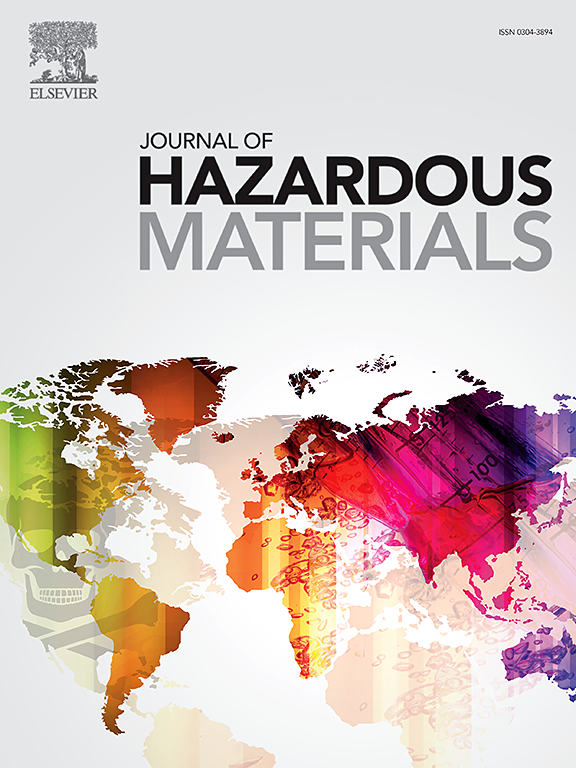Thermal Hydrolysis-Induced Molecular Transformations in Sludge: Implications for Photochemical Reactivity and Dissolved Antibiotics Photodissipation
IF 12.2
1区 环境科学与生态学
Q1 ENGINEERING, ENVIRONMENTAL
引用次数: 0
Abstract
Thermal hydrolysis is an effective technique for enhancing the solubilization of sewage sludge and improving the safety of biosolids for disposal or reuse. However, the release of various dissolved organic matter (DOM) at different TH temperatures, along with their properties that may influence intrinsic photochemical characteristics, remains poorly understood. This study investigates the temperature-dependent molecular evolution of sludge DOM (90–220°C) and its impact on antibiotic photodegradation. FT-ICR MS and ETC analysis were employed to explore the structural evolution, redox properties, and reactive oxygen species generation of DOM. The results reveal that 150°C represents a critical threshold for optimal photochemical activity. At this temperature, proteinaceous substances undergo decarboxylation and denitration, reducing polar functional groups and enhancing electron donor capacity (30.424 μmol e⁻ (mg C)⁻¹). Simultaneously, this molecular transformation facilitates the generation of excited triplet states (³DOM⁎) and significantly enhances the production efficiency of key reactive oxygen species (ROS), such as ¹O₂ and ·O2-. These properties significantly improved sulfamethoxazole photodegradation (kobs=0.2587 h-1). Below 150°C, limited DOM release and reduced ROS production hinder photochemical activity, whereas above 180°C, the increased aromaticity and molecular stability of humic-like substances inhibited photochemical reactivity due to light-shielding effects. This study offers a theoretical basis for optimizing sludge thermal hydrolysis conditions and links DOM molecular structures to the fate of dissolved antibiotics during photodegradation.

求助全文
约1分钟内获得全文
求助全文
来源期刊

Journal of Hazardous Materials
工程技术-工程:环境
CiteScore
25.40
自引率
5.90%
发文量
3059
审稿时长
58 days
期刊介绍:
The Journal of Hazardous Materials serves as a global platform for promoting cutting-edge research in the field of Environmental Science and Engineering. Our publication features a wide range of articles, including full-length research papers, review articles, and perspectives, with the aim of enhancing our understanding of the dangers and risks associated with various materials concerning public health and the environment. It is important to note that the term "environmental contaminants" refers specifically to substances that pose hazardous effects through contamination, while excluding those that do not have such impacts on the environment or human health. Moreover, we emphasize the distinction between wastes and hazardous materials in order to provide further clarity on the scope of the journal. We have a keen interest in exploring specific compounds and microbial agents that have adverse effects on the environment.
 求助内容:
求助内容: 应助结果提醒方式:
应助结果提醒方式:


